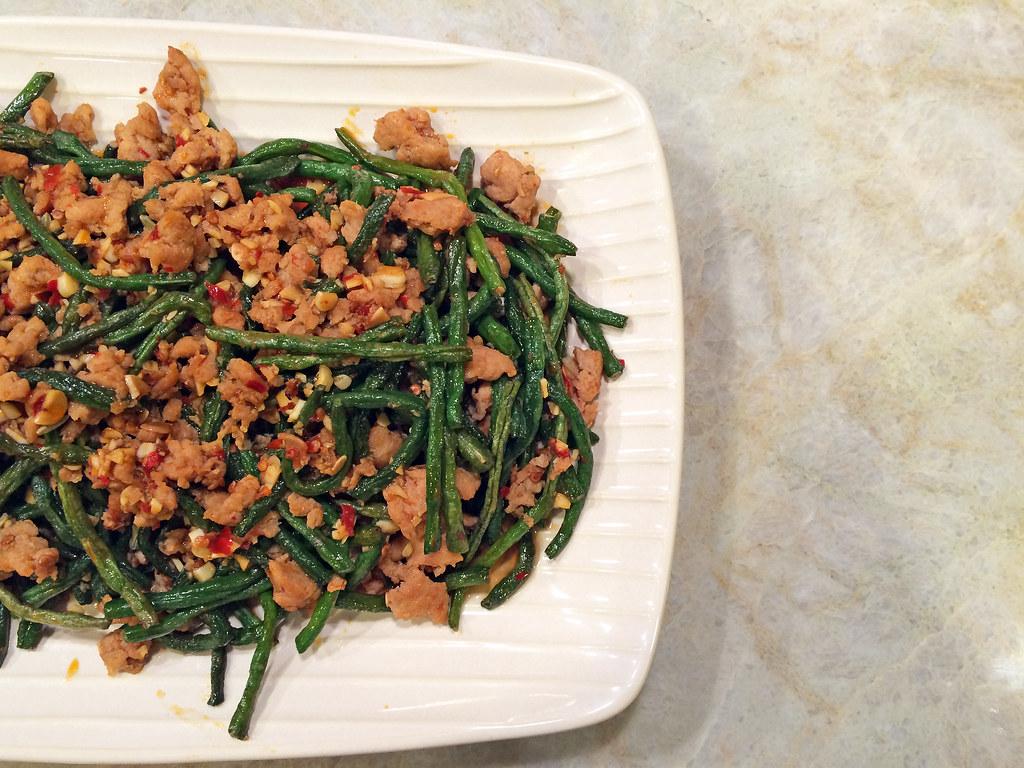“Oh, Cotogna? It’s overrated,” said a friend when I floated it as a dinner idea. “Cotogna is the best Italian food I’ve had in the city this year,” said another. I decided to find out for myself one evening and met up with a friend who hadn’t tried the restaurant yet. Straddled between the Financial District and North Beach (and adjacent to its parent restaurant, Quince), Cotogna was packed when we arrived for a weeknight meal, so we took advantage of the balmy weather and were seated outside.
Billing itself as a celebration of rustic Italian cuisine, Cotogna’s menu also seemed (perhaps unintentionally) influenced by Californian fare, and we ordered accordingly.
We started with the little gem lettuce salad, which was, well, exactly that. I love lettuce just as much as the next yes-please-I’ll-have-the-organic-greens eater, but I hoped this salad would have included a bit more than a light, piquant vinaigrette.
Next, we shared the sea urchin pizza with cauliflower and jalapeno. It may sound like an odd combination of ingredients, but curiously, it worked. The sea urchin was fresh and creamy and complimented the cauliflower’s texture. The jalapeno provided a much-needed kick, and the pizza itself was a wonderfully crispy, chewy vehicle for it all.
We ended our meal with a side of perfectly-cooked beets with creme fraiche and pollen. I love beets in any shape or form: roasted, pickled — you name it. I couldn’t taste the pollen here (to be honest, I’m not sure if pollen is supposed to taste like anything) and I didn’t really need the creme fraiche. Just give me the beets, thanks.
Conflicted reviews aside, Cotogna is a welcome addition to the city’s crop of rustic Italian restaurants. If you’re looking for a farmhouse feel in the middle of the Financial District (albeit with a crowd), look no further.









